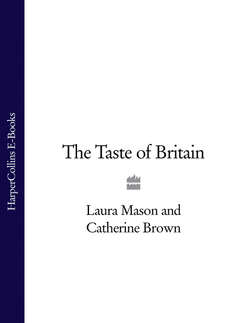Читать книгу The Taste of Britain - Hugh Fearnley-Whittingstall - Страница 343
HISTORY:
ОглавлениеThe family of the one remaining commercial producer has been rearing Aylesbury ducks since the last quarter of the eighteenth century. Martha Bradley, writing in 1756, thought any breed of duck acceptable for the table, but by the time of Mrs Beeton (1861), Aylesburys were noted for their excellence and the intensive system of rearing then current: ‘not on plains or commons … but in the abodes of the cottagers. Round the walls of the living-rooms, and of the bedroom even, are fixed rows of wooden boxes, lined with hay; and it is the business of the wife and children to nurse and comfort the feathered lodgers, to feed the little ducklings, and to take the old ones out for an airing. Sometimes the “stock” ducks are the cottager’s own property, but it more frequently happens that they are intrusted to his care by a wholesale breeder who pays him so much per score for all ducklings properly raised.’ Transport was a factor in the fame of the birds; Smithfield, the London wholesale meat market, was easily accessible.
The old system of rearing died out before the First World War; at the same time, hybrid ducks with Chinese blood became common. The popularity of the Aylesbury declined in the face of competition from birds of more acceptable conformation. Strict enforcement of EU hygiene regulations have further reduced the number of duck-farmers by vastly reducing the economic viability of the business for small producers.
